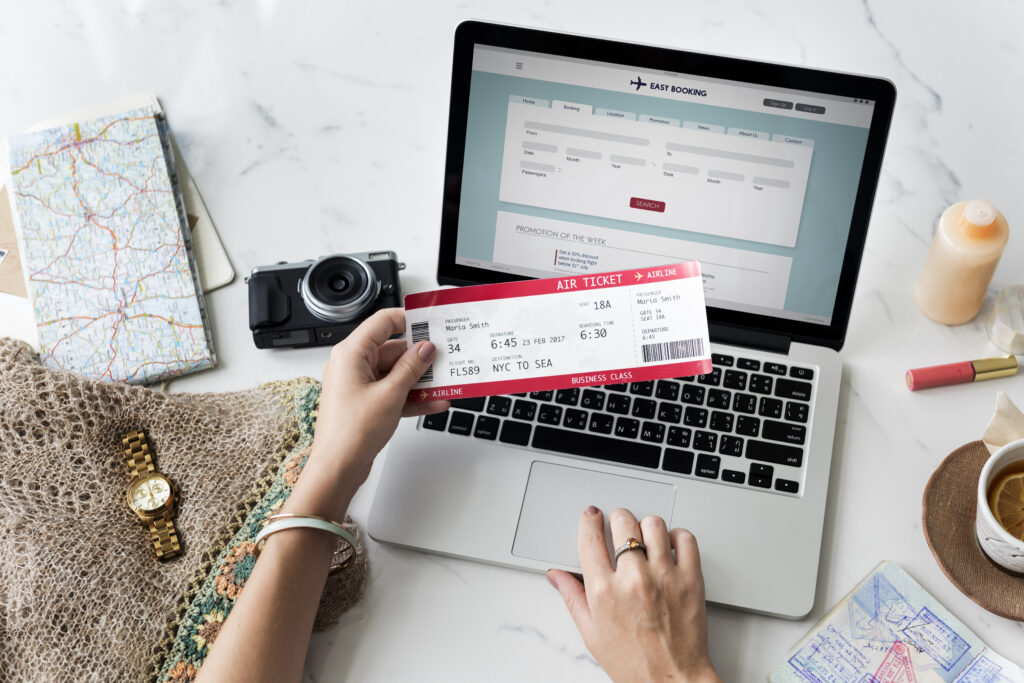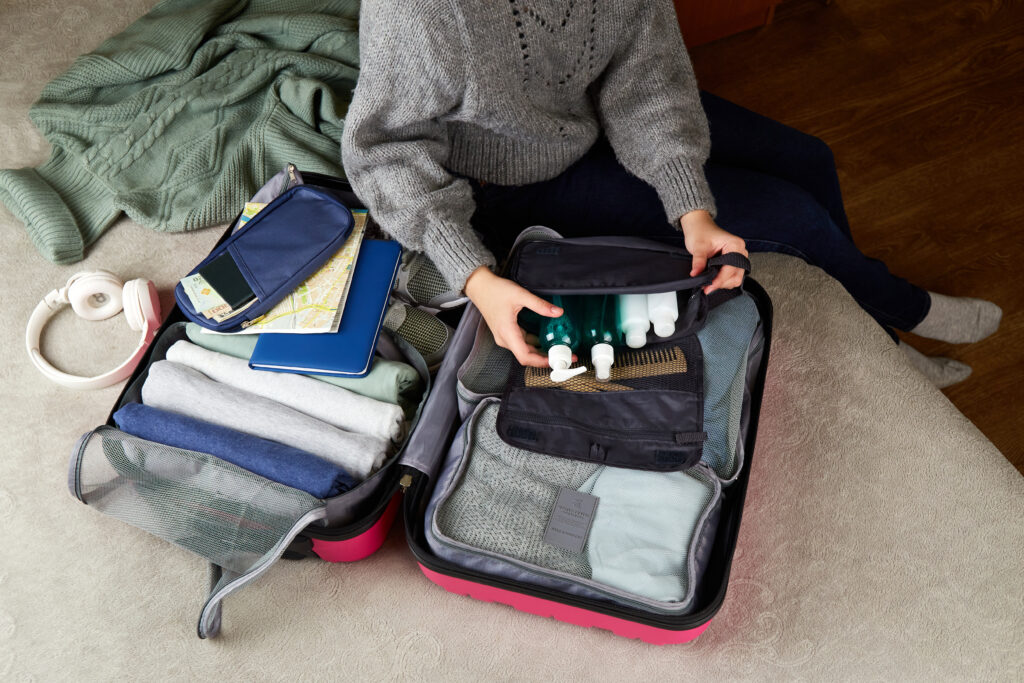Traveling abroad is one of the most exciting and rewarding experiences, but let me tell you—it takes more than just booking a flight and packing a bag.
Planning your perfect trip involves a little more thought and effort than that!
I learned this the hard way on my first international trip when I completely overlooked the visa requirements for my destination!
Since then, I’ve refined my planning process through trial and error.
Here’s a step-by-step guide, based on personal lessons, to help you plan a smooth and unforgettable journey.
Start With a Budget

Before doing anything else, figure out how much you’re willing to spend.
The first time I traveled abroad, I underestimated costs like food and transportation, which left me scrambling to adjust mid-trip.
Now, I break down expenses into categories like:
- Flights and accommodation
- Daily expenses (food, transport, activities)
- Miscellaneous costs (souvenirs, tips, etc.)
I also use budget-tracking apps to help me stick to my plan.
If you want to stretch your budget, consider booking during the off-season or looking for travel deals on platforms like Skyscanner or Google Flights.
Choose the Right Destination

Picking a destination is more than just scrolling through Instagram-worthy locations.
Consider factors like the weather, travel restrictions, and your interests.
For instance, when I planned a trip to Japan, I chose spring to catch the cherry blossoms in full bloom.
Do thorough research on:
- Local culture: Understanding customs will help you feel more connected.
- Safety: Check government travel advisories for any potential risks.
- Costs: Some destinations, like Southeast Asia, are more budget-friendly compared to Western Europe.
Get Your Travel Documents Ready

This is one area where mistakes can ruin a trip.
On my first overseas trip, I didn’t realize my passport needed to be valid for six months beyond my travel date.
Lesson learned!
Here’s a checklist:
- Passport: Ensure it’s up to date and has enough blank pages.
- Visa: Check if your destination requires a visa and apply well in advance.
- Travel insurance: It’s not glamorous, but it’s a lifesaver in emergencies.
Pro tip: Keep digital and physical copies of all important documents, including your passport, visa, and travel itinerary.
Book Flights and Accommodation

This part is always exciting but requires careful planning.
I usually compare flight prices using apps like Hopper or Google Flights and book early for the best deals.
For accommodation, I weigh the pros and cons of options:
- Hotels: Great for comfort and amenities.
- Hostels: Perfect if you’re on a budget or looking to meet fellow travelers.
- Airbnb or guesthouses: Ideal for unique stays and a local vibe.
When I visited Italy, I opted for a small Airbnb in Florence—it was cozy, affordable, and within walking distance of all the major attractions.
Pack Smart

Packing light has been a game-changer for me.
On my first trip, I packed way too much, making it a nightmare to lug my suitcase through cobblestone streets.
Now, I focus on essentials:
- Versatile clothing: Stick to neutral colors that can be mixed and matched.
- Travel gadgets: A portable charger and a universal adapter are must-haves.
- Medications: Don’t forget prescriptions and a basic first-aid kit.
Roll your clothes to save space and use packing cubes for better organization.
Plan Your Itinerary (But Leave Room for Spontaneity)

When I visited Thailand, I had a packed itinerary, which left little room for unplanned adventures.
Now, I strike a balance.
Here’s how I do it:
- Prioritize must-see attractions: Book tickets for popular sites in advance.
- Leave flexibility: Allocate time for exploring hidden gems or relaxing.
For example, I stumbled upon a local market in Chiang Mai that wasn’t on my list, and it ended up being the highlight of my trip.
Learn About Local Culture

Before traveling, I make it a point to learn basic phrases in the local language.
A simple “hello” or “thank you” can go a long way in building rapport with locals.
Understanding social norms is equally important.
For instance, in Japan, it’s considered polite to bow when greeting someone, and tipping is generally not expected.
Taking the time to research shows respect for the culture and helps you steer clear of awkward moments.

Stay Safe and Healthy
Traveling is fun, but safety should always come first.
Here’s what I do:
- Share your itinerary: Let a friend or family member know where you’ll be.
- Stay alert: Be cautious with your belongings in crowded areas.
- Health precautions: Before visiting India, I got the necessary vaccinations and carried medication for an upset stomach.
Also, don’t forget to stay hydrated and get plenty of rest, especially if you’re hopping between time zones.
Manage Money Wisely

Currency exchange was one of my biggest headaches on my first trip.
To avoid high fees, now I:
- Use credit cards with no foreign transaction fees.
- Withdraw cash from ATMs instead of exchange booths.
- Carry a mix of cash and cards for flexibility.
It’s also a good idea to inform your bank about your travel dates to avoid having your card blocked.
Embrace the Journey

Some of my favorite memories involve stepping out of my comfort zone.
Whether it’s trying street food in Bangkok or learning salsa in Colombia, immersing yourself in the local culture is what makes traveling magical.
Take photos, write in a travel journal, or just soak in the moment.
After all, the best souvenirs are the memories you create.
Final Thoughts

Planning a trip abroad might seem overwhelming, but trust me, it’s worth every effort.
With a little organization and flexibility, you can turn your dream vacation into reality.
Remember, the key is to balance preparation with the thrill of discovery.
So, start planning and get ready to create unforgettable memories!
How early should I start planning my trip?
Ideally, 3–6 months before your travel date to secure the best deals and complete paperwork.
What’s the best way to save money on international trips?
Travel during the off-season, use public transport and look for free activities.
Do I need travel insurance?
Yes, it’s a safety net for emergencies like medical issues or trip cancellations.
What are the essentials to pack for an international trip?
Versatile clothing, travel documents, medications, and a universal adapter.
How can I handle language barriers?
Learn basic phrases, use translation apps, and rely on gestures to communicate.

